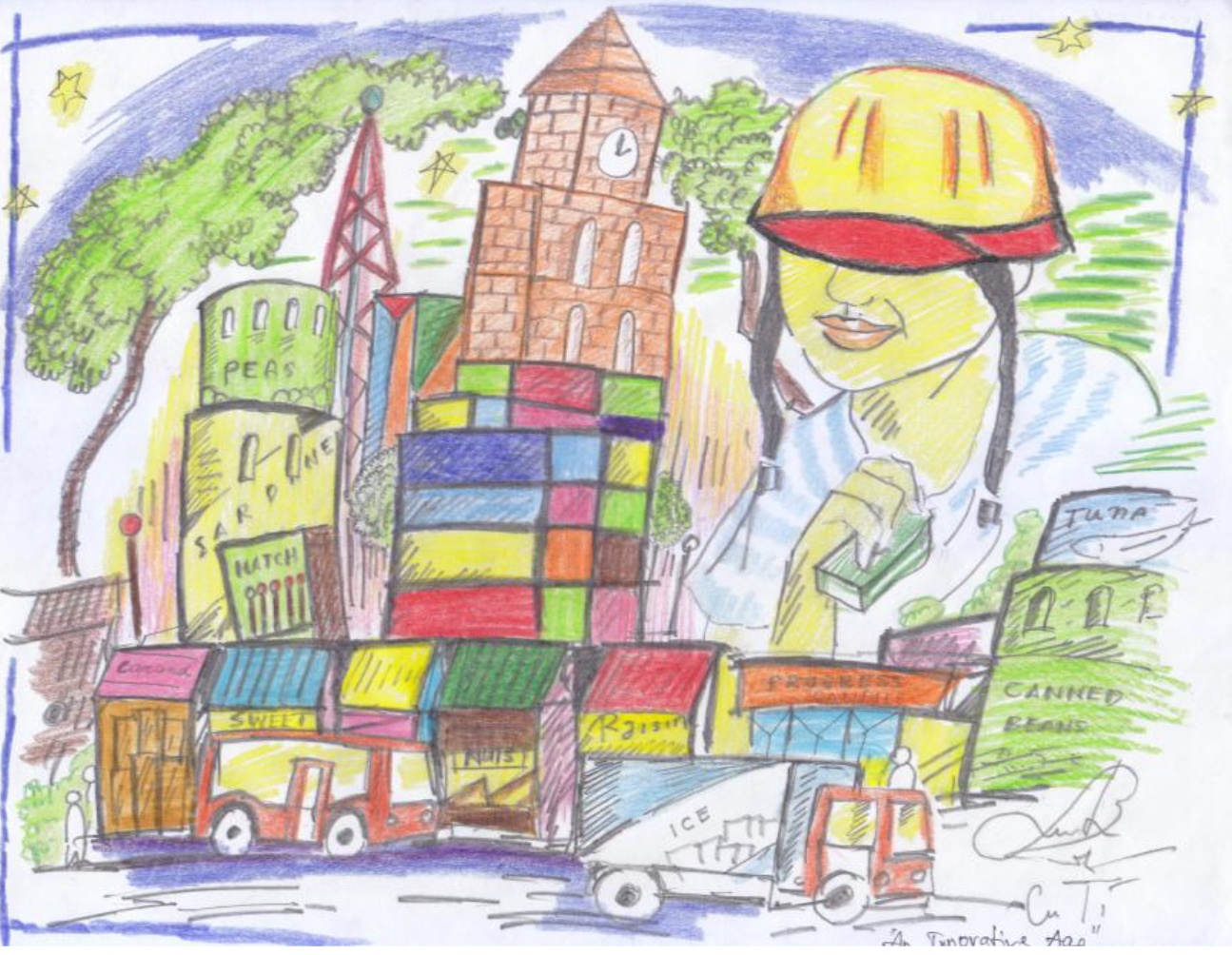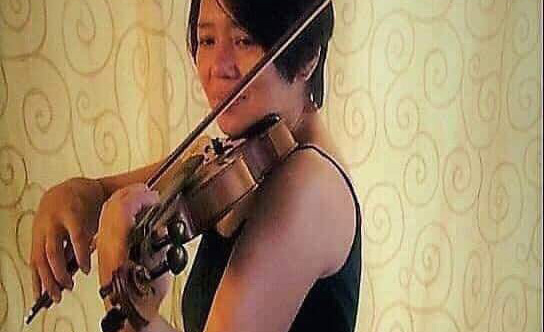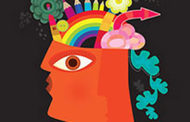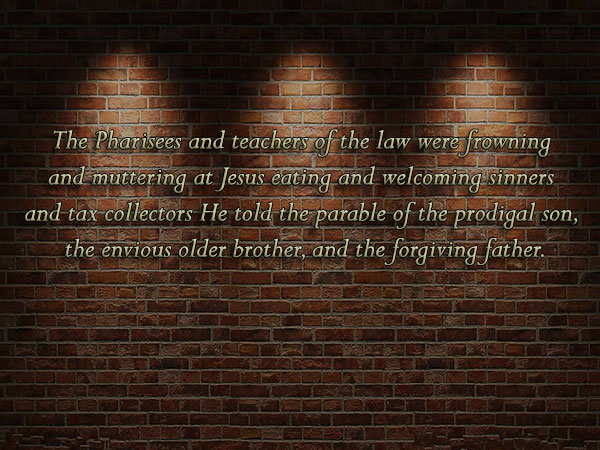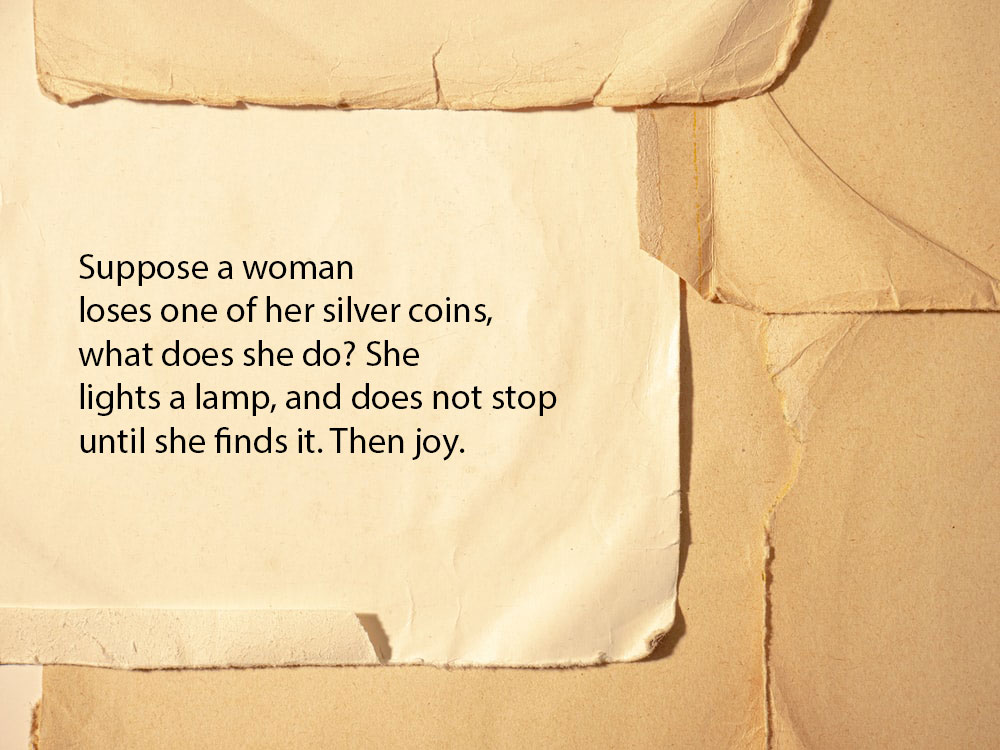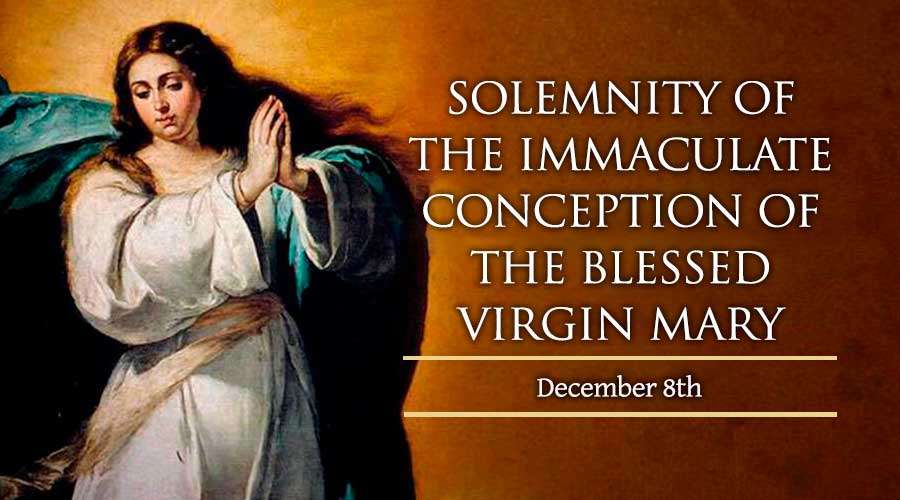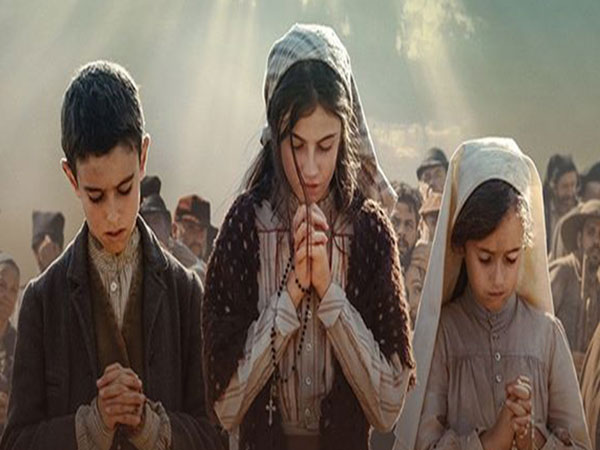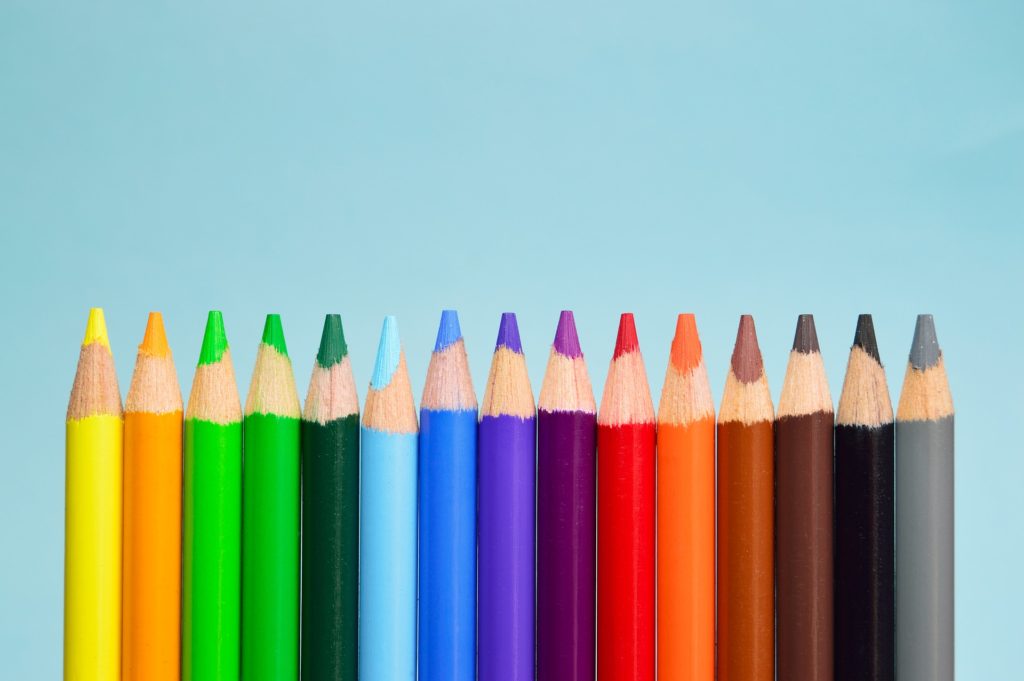
by maria lourdes de vera
Create an Art activity that will foster an environment of possibility. A common culture that will allow children to understand the value of collective sharing. Nurturing Openness reduces cultural prejudice and sees diversity as universal gesture of unity. A non-competitive environment ensures a much calmer class and an attentive children. Acceptance that is inclusive of all children responds to a globally adherent teaching strategy.
Leading a mixed class can be challenging to any teacher. Most especially in the lower school where children are playfully active and exudes light and bubbly spirit. Maintaining their class participation can be very disperse. However, that is the spirit of Childhood. As Movement is a character of childhood restrictive methods curtails the ability of the child to find balance and centeredness in older ages. It is the creative use of energies and classroom management. Management is not about deduction rather a distribution of creative powers.
Attention can be channeled that will change orientation and direction. From scattered and disconcerted to a wholesome class. These children can be balanced and centered as a class by discovery of the natural talents and developed as skills. Gathering these abilities and working towards a particular goal such as an artistic project namely, painting, music, theatre gives them a common sense of purpose. Doing something together promotes community or social intelligence.
“Creative art is an artistic management of real life canvasses and subjects.”
Getting them fully engaged in an artistic activity is to bring in the contribution of every child. That is if the teacher is able to identify the creative abilities of the child and harness all of these into one expression as in Music, take for example choir, string ensemble, or perhaps drums. Establishing a fully synchronized children’s choir or ensemble requires the sensitivity for human connectedness. Because music is the finer sensibilities of expression. Music lives on every fiber of tone, woven into a rich fabric of sounds.
The musician anticipates the flow of melody. She is able to see music before it comes and savor the moment as it is performed. It is difficult to render and appreciate something that is fleeting as sound. To understand the language of tones therefore supersedes the tangible notation that is read first hand. It also needing to read the delicate nuances of music.
It is heard, seen, and felt. Perceptible to the listening heart of the instrumentalist and the conductor. It is important to make the experience of tonality a significant event that will last longer than the performance itself. I think music is a threshold. Music is a social art. It metamorphoses into a collective experience and a common cultural expression. It harmonizes and connects human beings. It combines singularity of every instrument and a rich texture of tones. Depth is provided by eh skills of the players..
Imagination is the leadership ability of the experienced teacher that puts direction or manages all these creative energies, whether we are talking about theatre, dance or music. Finding out what the child is naturally good at is an affirmation of abilities, loving what he is doing makes him attuned in his element.
To gather and PERFORM IS social learning.
Creativity at work is Imagination applied.



